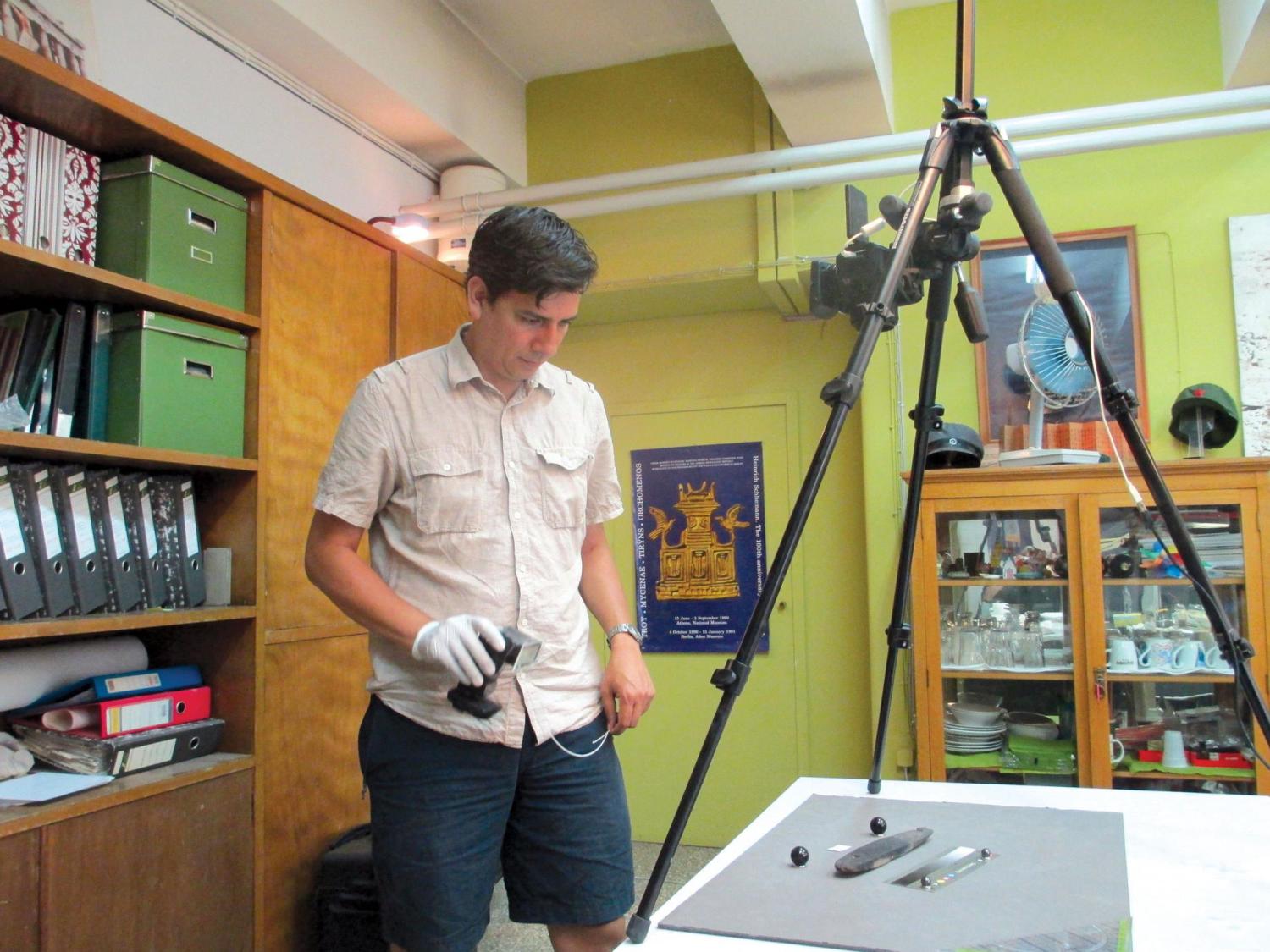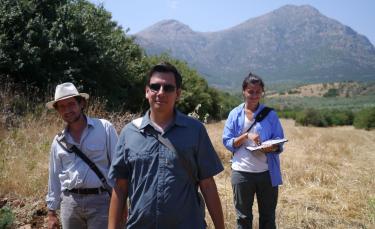Using technology to read ancient tablets


By using advanced digital imaging technologies, classics professor and archaeologist Dimitri Nakassis is pioneering new techniques to study ancient Greece.
Nakassis co-directs the innovative project involving the digital preservation of administrative documents from the Palace of Nestor at Pylos, Greece. Inscribed on clay tablets, these records were written in the earliest written form of Greek, a syllabic script called Linear B that dates to the Late Bronze Age (1400–1200 B.C.).
Nakassis is using 3-D scanning and reflectance transformation imaging—a kind of computational photography—to produce high-quality print and digital editions of the tablets. Availability of high-resolution digital images will allow scholars around the world to better interpret important texts and reduces the need to handle the fragile tablets, preserving them for future generations to explore.
Principal investigator
Dimitri Nakassis
Funding
The Institute for Aegean Prehistory (INSTAP); the Mellon Foundation; the Institute of Classical Studies and the Loeb Classical Library Foundation
Collaboration + support
Classics; the National Archaeological Museum of Greece; the American School of Classical Studies at Athens; the University of Toronto; a number of U.S. universities

